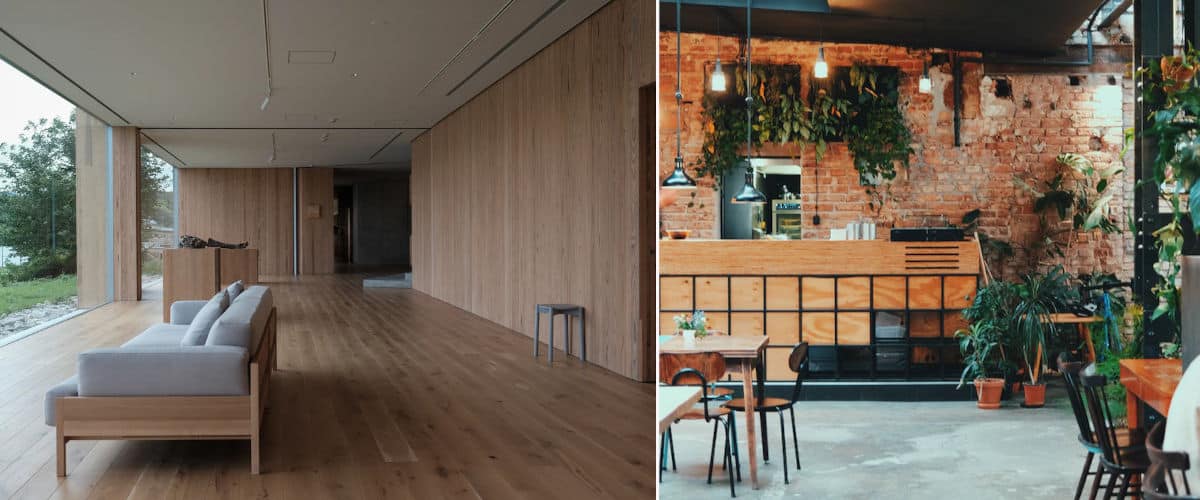
Wood has a great role in our homes and therefore a great influence on their general aesthetics. That's why it's important choose the right type of wood for each project depending on the decorative style we want for it.
There are many types of wood and each one brings unique characteristics to spaces. There are dark and light ones, with veins and without veins, polished and coarse... And each of these characteristics makes a specific wood works better in certain decorative styles. Do you want to discover what are the characteristics associated with a specific style? Take note!
Industrial
In industrial spaces It is common for the structures to be exposed and with the same impudence they play with the materials. Thus, this type of space benefits from wood with a coarse appearance. untreated wood, with the appearance of having lived.
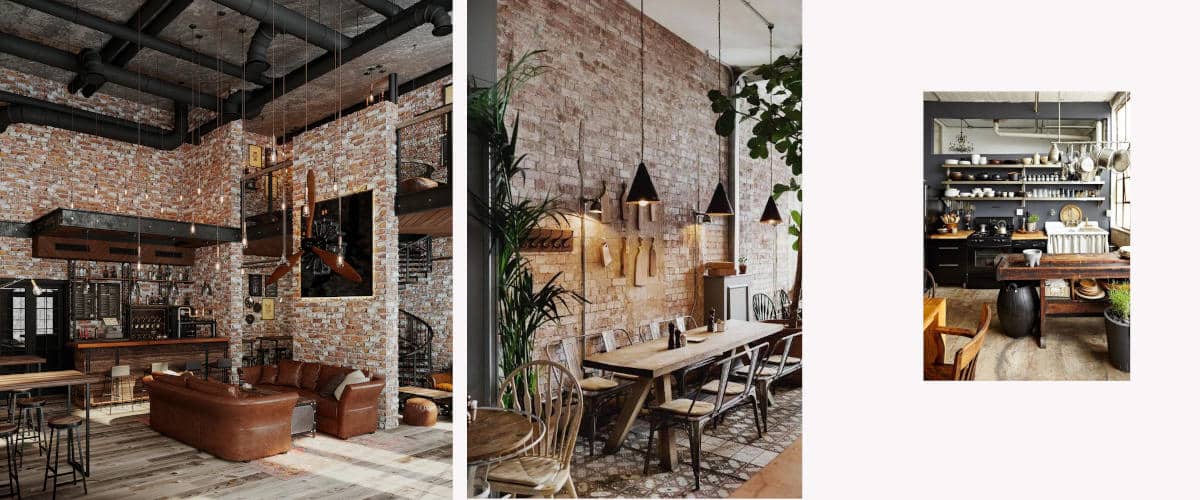
All the dark and medium woods with grain marked are perfect for decorating industrial spaces. This space also benefits from the notches and wear of the wood. It's not that she's devastated, obviously, but it's interesting that she has something to tell.
chestnut wood Thanks to its matte and dark tone, we think it is a great choice to decorate this type of space. It is also a wood that is easy to work with, stable and durable and is therefore highly appreciated in carpentry.
Japandi
In the Japandi style it arises from the fusion of Japanese and Scandinavian style and combines the harmony of forms of the first with the warmth of the second. The woods used in both styles also achieve a balance in this style, using the lightest of the Scandinavian style as a base and using those in darker and reddish tones typical of the Japanese style in small pieces and details.
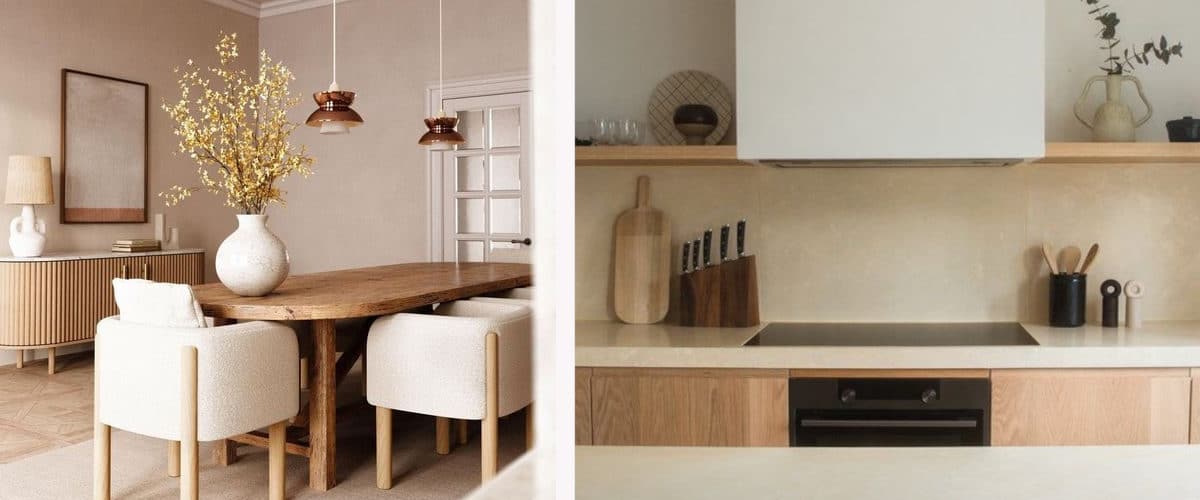
solid wood of pine, birch, ash or walnut little treated are common in this style in which generally light medium tones are opted for. Others, such as cedar or cypress, are reserved for small details that do not break the harmony of the space, something essential in this neutral style.
Mid Century
The Mid-Century style gained popularity in Europe between the 50s and 70s. It was characterized by its strong bond with nature and, logically, the prominence of wood. I believe that we are all capable of visualizing those dark wood furniture with clean lines that decorated halls and living rooms along with other pieces of striking and bright colors.
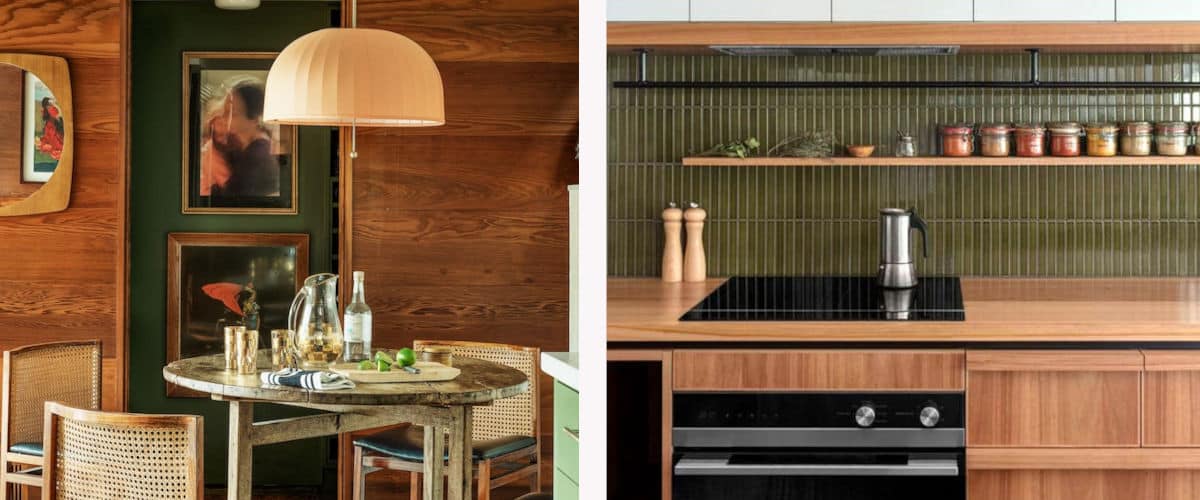
Among the many woods that we could choose to represent this style, we have opted for the Walnut wood. We especially like it for the variety of shades it presents, ranging from a subtle brown to a very dark brown.
Mediterranean coast
The Mediterranean style drinks from the rustic when it comes to wood. In this the dark untreated wood they have a place in almost all rooms either through structural elements or furniture. And they combine perfectly with other natural elements that are protagonists of the Mediterranean style such as plaster, terracotta or vegetable fibers.

Nordic
Due to the density of the forests in this area of Europe, it is not surprising that wood is one of the undisputed protagonists in Nordic interiors. When not painted white, the wood usually has light, very light tones that help bring light to the space.

And what trees can we find in these countries? Mainly pine, ash, maple, birch and beech. They all have that whitish color that characterizes this style, but they have different patterns and veins that are more or less marked.
Rustic
When we have talked about the Mediterranean style, we have already given a hint of the wood that will also play a leading role in this style. Exactly, an unpolished natural wood, in which all the defects (cracks, textures, wear) are emphasized so as not to go unnoticed in any way.

It is a style for those who have a soft spot for simple things that connect them with nature. A style in which the old pieces, passed from generation to generation. Who has not inherited a rough-looking piece of furniture with which they did not know what to do with a priori, but which has ended up becoming the jewel of the room?
Avant-garde
Avant-garde spaces are generally light and airy spaces with a simple yet sophisticated aesthetic. And in this type of space, the woods that work best are those that bring harmony to the space, woods with a regular pattern in medium tones.
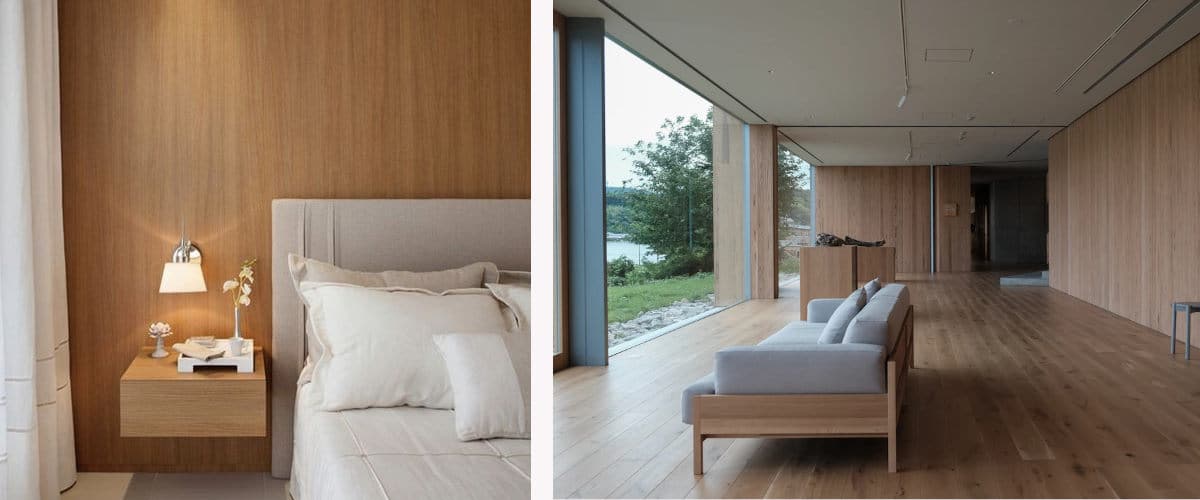
In avant-garde style rooms, it is rare to find wood with large knots or excessively marked veins in a certain piece that attract your attention. The ideal in these spaces is to use wall tiles in the form of large pieces more or less homogeneous. Woods such as oak.
Were you aware that the type of wood had such an influence on the different decorative styles?